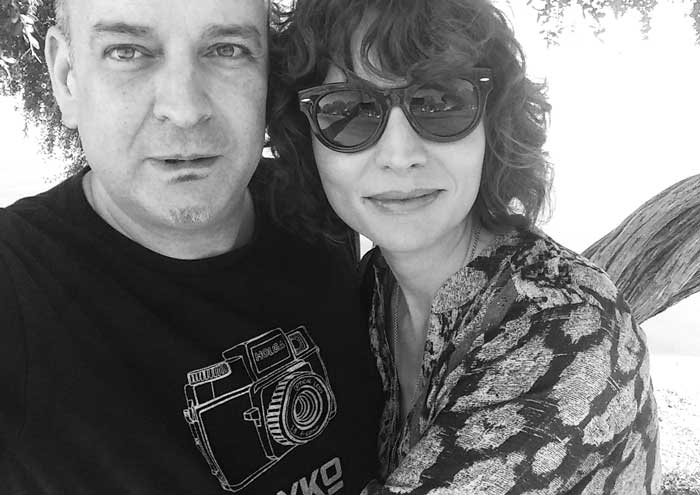UA Little Rock to host exhibit, lectures, and weekend workshop on 19th-century photographic printing process
A husband and wife photography team are bringing the 19th-century photographic printing process of Kallitype back to life at the University of Arkansas at Little Rock.
UA Little Rock will host an exhibit with works featuring how photographers Kaden Kratzer and Nadezda Nikolova-Kratzer employ 19th-century photographic techniques in their contemporary photographic practice. The exhibit, “Alae,” will be on display from April 1-30 in the Focus Gallery in the Windgate Center of Art + Design.
Patented in 1889, Kallitype is an iron-silver contact print process with a rich tonal range, extended shadow definition, and contrast control.
A growing number of photographers are incorporating 19th century processes in their practice as a reaction to the ubiquity, efficiency, and transience of digital imaging. These artists are drawn to the slow and messy aspects of darkroom photography and the materiality of the image-object.
The Kratzers will host an artist talk at 6 p.m. Friday, April 6, in the Windgate Center of Art + Design Room 101. The lecture, “Photographic Art and Antiquarian Processes,” will discuss the range of possibilities offered by historic processes; mixing processes and incorporating technology; and the importance of building an enduring community in light of the growing interest in obscure processes. The artists will also discuss their individual and collaborative work, including their process and inspiration.
The artists will also teach an Artworks workshop on Kallitype on April 7-8. Participants will learn about the chemistry required for coating and processing the image, brush technique for coating the paper, exposing and developing the prints, and toning for different hue effects. Participants will bring their own 5×7 inch negatives and produce up to four toned Kallitype prints.
The UA Little Rock Art Gallery is open from 9 a.m. to 5 p.m. Mondays through Fridays, 10 a.m. to 1 p.m. on Saturdays, and 1-5 p.m. on Sundays. Admission is free.
The artist talk and weekend workshop are free and open to the public. Advanced registration is required. To register for the events and for more information, contact Joli Livaudais, assistant professor of photography, at jklivaudais@ualr.edu.
More information about Kaden Kratzer and Nadezda Nikolova-Kratzer
Husband and wife team Kaden Kratzer and Nadezda Nikolova-Kratzer are artists experimenting with historic photographic processes who live in the Bay Area, California.
Kaden Kratzer took up photography after advance studies in film production. He is interested in antiquarian and obscure photographic processes of the 19th century. He studied photography in a variety of venues, including Stanford University, KALA Berkeley Art Institute, Rayko Photo Center, F295, and George Eastman Museum.
Kaden has exhibited nationally and internationally, and his work has been featured in a variety of publications, including “Guide to Photographic Alternative Processes: Popular Historic and Contemporary Techniques” by Jill Enfield. Kaden is passionate about building a community around contemporary avant-garde use of antiquarian processes. He holds a master’s degree in political science from San Jose State University and a bachelor’s degree in international relations from the Institute of Social and Political Science in Lisbon.
Nadezda Nikolova-Kratzer’s practice is informed by an experimental approach to early photography and her interest in the image as object. Spellbound by the fluidity of wet plate collodion, a 19th-century photographic process, she explores new directions in cameraless photography by manipulating the medium while simultaneously relying on chance.
She studied photography at University of Kentucky and George Eastman Museum. She is the 2018 finalist for LensCulture Exposure Awards. Her work has been shown nationally and internationally and featured in LensCulture, Oxford American, Plates-to-Pixels, The Hand Magazine, and MonoVisions. Nadezda holds a master’s degree in public administration and a bachelor’s degree in natural resources and environmental sciences from the University of Kentucky.
